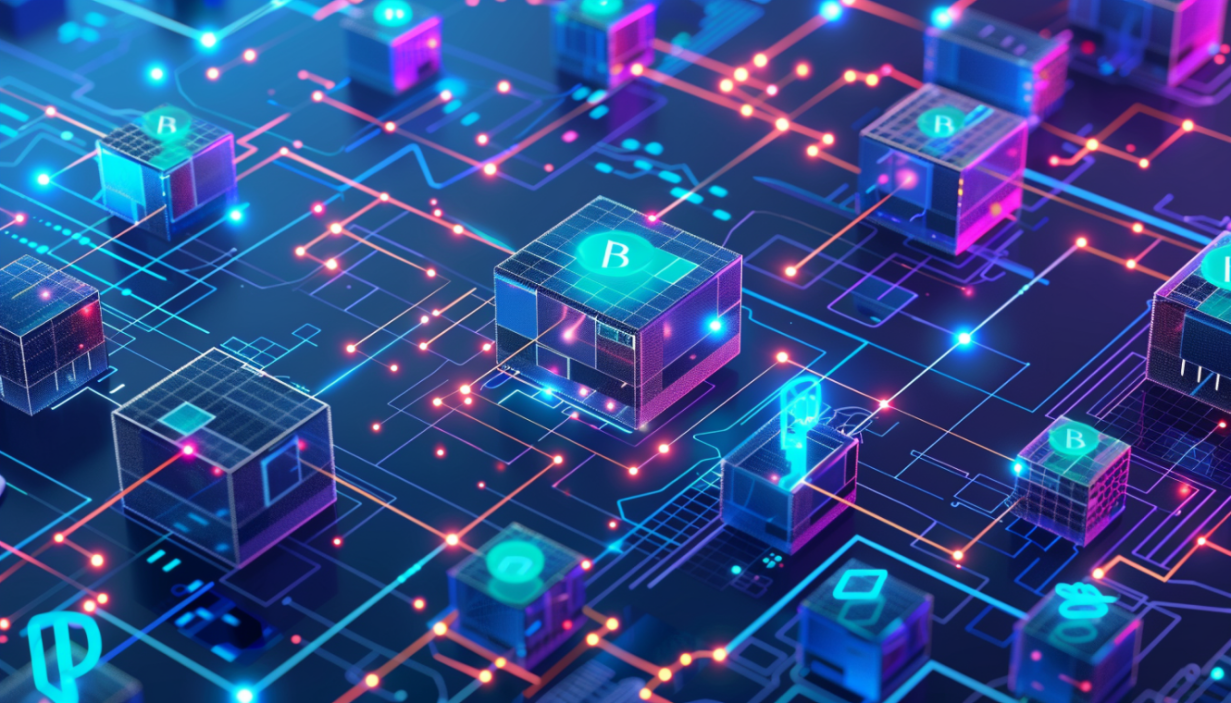IoTeX Reveals its New Approach to DePIN
By Olivier Acuña | TH3FUS3 Chief Editor
June 27, 2024 08:30 AM
Reading time: 2 minutes, 9 seconds
TL;DR IoTeX recently introduced the Modular infrastructure, a revolutionary approach to decentralized physical infrastructure networks. The flexible architecture allows for customized applications, boosting the adaptability of the DePIN ecosystem.

IoTeX recently introduced a transformative approach to decentralized physical infrastructure networks (DePINs) known as the Modular DePIN Infrastructure.
This innovation aims to redefine the creation and functionality of Web3 technologies. Compared to traditional infrastructures, it offers a more efficient and cost-effective model.
The surge in DePIN startups highlights a growing interest in this technology. However, many need more funding, and technical challenges are delaying their progress. Modular DePIN Infrastructure proposes a flexible, community-driven framework to combat these issues.
Major Benefits
In a social media post, IoTeX outlined three significant benefits of this modular infrastructure: it is cost-effective, allows the community to capture more value, and enhances collaboration.
These ready-made modules resolve technical difficulties and enable quicker and less expensive product launches. By decentralizing each module, the community retains more excellent value, strengthening the overall DePIN ecosystem.
"That's it! Modular DePIN infra isn't just efficient -- it's a catalyst for community empowerment and collaborative success," Render Network said, supporting IoTeX's views.
Customized Applications
This infrastructure allows for the assembly of customized applications through various modules. These include hardware abstraction, connectivity, sequencer, data availability, long-term storage, off-chain computing, blockchain, identity, and governance.
Developers can select and combine these modules based on their project's needs, providing unparalleled adaptability.
One of the core advantages of this system is its community ownership. Different teams develop and maintain each module, fostering a collective ownership model. This setup creates a marketplace where developers can choose optimal application modules, encouraging a module-specific economy.
Extensive Applications
Moreover, the modular system's flexibility supports the development of a wide range of DePIN applications. These include sensor networks that monetize physical data, connectivity networks that utilize various wireless technologies for bandwidth monetization, and computing networks that offer decentralized computing resources.
Significant DePIN projects, such as DIMO, Hivemapper (HONEY), and WeatherXM in sensor networks and Helium, Nodle (NODL), and Wicrypt (WNT) in connectivity networks, exemplify the successful application of this modular infrastructure.
Additionally, computing resources are efficiently monetized through platforms like Render Network (RNDR) and Akash Network (AKT), showcasing the modular approach's broad utility.
Connectivity Module
The connectivity module, in particular, explores wireless communication techniques to enhance connections within Web3 networks. Technologies such as Bluetooth, LoRaWAN, WiFi, and 5G have been incorporated into various projects, expanding the capabilities of these networks.
Furthermore, the sequencer and data availability modules have been adapted from existing solutions to better suit DePIN applications. Long-term storage solutions like Filecoin (FIL) and Arweave (AR) meet these applications' storage needs. At the same time, blockchain networks such as Ethereum (ETH), IoTeX, and Solana (SOL) provide infrastructure for development.



